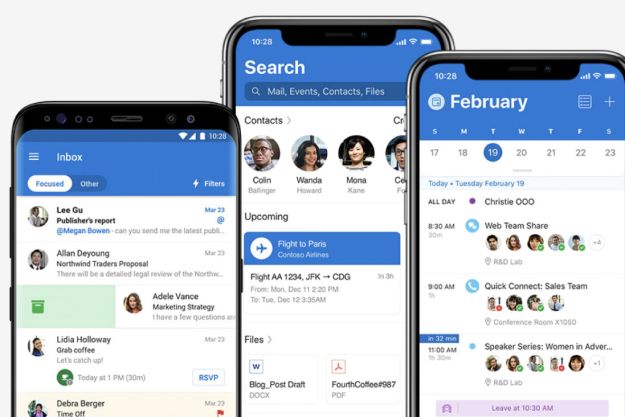
Chromebooks solve many of these problems, and educators have taken note. A new report from International Data Corporation states that Google sold about 715,500 units to schools in the third quarter of this year. That’s 25 percent of the education market, and slightly more than the 702,000 iPads that Apple sold to educators over the same period.
While exciting, this isn’t a coup. Chromebooks aren’t made by Google but rather by OEMs, so the search giant isn’t making money from them directly. Still, targeting education could result in a foothold the company can use to further promote Chrome OS. Students who learn to use the operating system will be more comfortable with it when they need to buy a computer for their personal use.
Google’s share is less than Apple’s if MacBooks are added into the mix and well behind conventional Windows notebooks, which are becoming more affordable. Microsoft is also threatening Google with its inclusion of one free year of Office 365 in many inexpensive systems like the Acer Switch series and the HP Stream.
Related: Can a Chromebook really stand up to Windows?
It’ll be interesting to see if this trajectory continues. Our analysis of Chromebooks over the last year have formed a mixed picture. While inexpensive and capable on a basic level, Chrome OS falls short of Windows in overall functionality and software compatibility. Google has a chance to seriously threaten both Apple and Microsoft, but an aggressive update schedule is needed to keep up the momentum.
Editors' Recommendations
- The new iPad Pro would be perfect, if only it were a Mac
- Best iPad deals: Save on iPad Air, iPad Pro, iPad Mini
- How to play Minecraft on a Chromebook
- How to update Chromebooks and Chrome OS
- How to take a screenshot on a Chromebook


